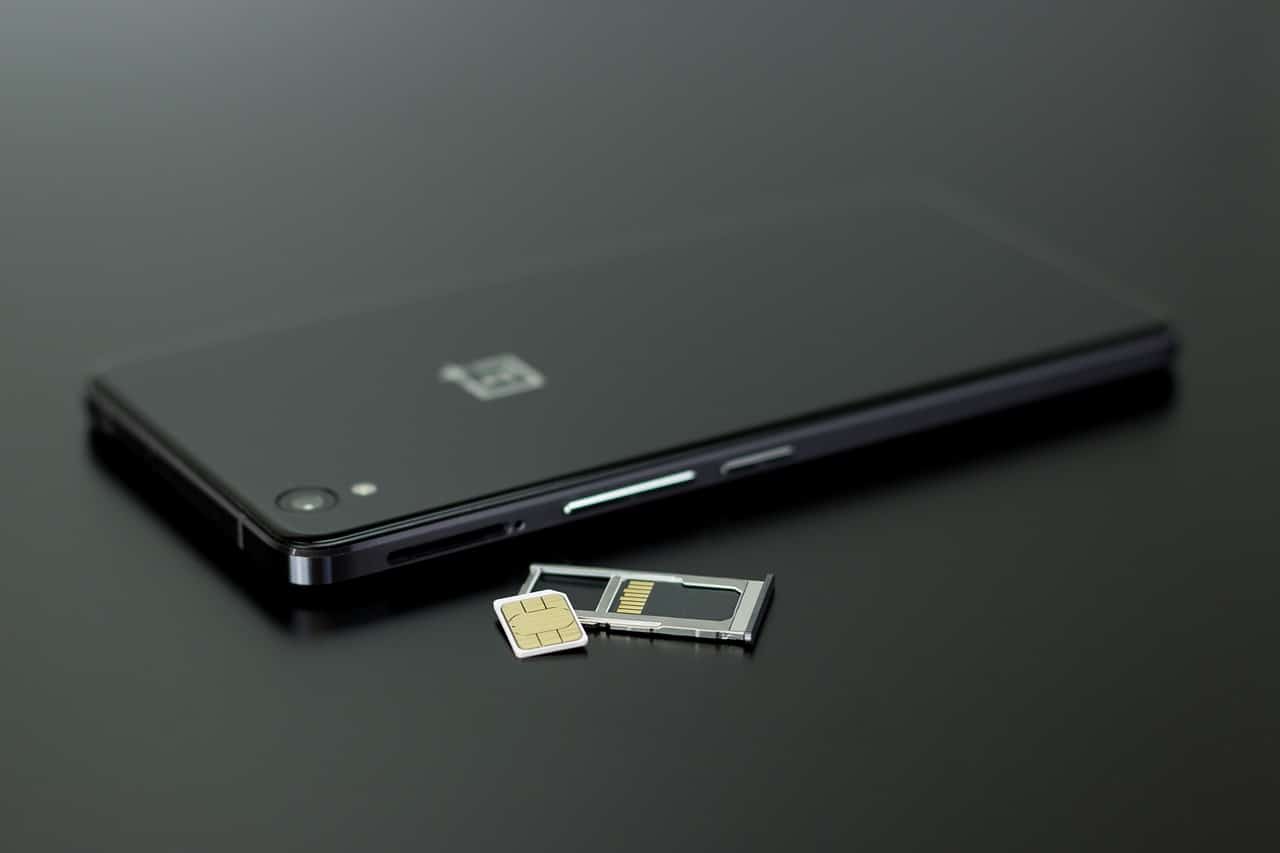Sim Card Cloning: Understanding the Threat
Michelle Wilson - June 18, 2023

Technology is advancing at an unprecedented pace, revolutionizing various aspects of our lives. According to Moore’s Law, which observes the trend of transistor density doubling approximately every two years, electronic devices’ computing power and capabilities have been exponentially increasing. Unfortunately, as technology advances, so do the techniques malicious actors employ to access said data.
One of these techniques is SIM card cloning, which puts mobile phone users at risk of identity theft. According to online data from XYZ Security Research, instances of SIM card cloning have increased by 25% globally in the past year alone.
Table of Contents
Definition of SIM Card Cloning
SIM card cloning refers to the process of creating an identical copy of a SIM (Subscriber Identity Module) card, a small chip inserted into mobile devices to authenticate and identify subscribers on a cellular network. Cloning involves extracting the data stored on the original SIM card and transferring it onto another SIM card, allowing the cloned card to function as a replica of the original.
This illicit technique enables unauthorized individuals to access the victim’s mobile network services, including calls, text messages, and data usage, often without the victim’s knowledge or consent. SIM card cloning seriously threatens personal privacy and security, as malicious actors can exploit it for fraudulent activities, identity theft, and unauthorized access to sensitive information.
How SIM Card Cloning Works
SIM card cloning involves a multi-step process that aims to replicate the information stored on a target’s SIM card. The process typically begins with attackers obtaining the necessary data from the original SIM card. This data includes the International Mobile Subscriber Identity (IMSI), a unique identifier tied to a specific subscriber, and the encryption keys used for authentication.
Once the hacker obtains the data, they create a duplicate SIM card using specialized hardware and software tools. The cloned SIM card is then programmed with the stolen data, making it virtually indistinguishable from the original.
Methods Used By Attackers To Obtain SIM Card Information
Attackers employ various methods to acquire the information needed for SIM card cloning. One of the most prevalent methods attackers employ is social engineering, which capitalizes on manipulating individuals to divulge their personal information willingly. Attackers often use impersonation or deceptive tactics to convince unsuspecting victims to provide sensitive details. This information can include the subscriber’s name, phone number, date of birth, and other personally identifiable information (PII). With this acquired data, attackers can initiate SIM card cloning and gain unauthorized access to the victim’s mobile services. Shockingly, public data revealed that social engineering accounts for approximately 65% of successful SIM card information breaches.
Additionally, attackers may target weak points in the mobile network infrastructure or exploit vulnerabilities in the SIM card technology to gain access to the necessary data. Using this method, attackers can intercept and eavesdrop on communication between mobile devices and the network. To put this into perspective, online data found that approximately 30% of SIM card information breaches occur through these network-based attacks.
Technology And Tools Involved In Cloning SIM Cards
The process of SIM card cloning relies on specialized technology and tools. Attackers use hardware devices, such as SIM card readers and writers, to extract the data from the original SIM card. These devices allow them to read the information stored on the card, including the IMSI and encryption keys. Once a malicious party obtains the data, they will use software tools to program the cloned SIM card with the stolen information. These tools enable attackers to write the extracted data onto a blank SIM card, effectively creating a replica of the original card.
Understanding how SIM card cloning works is crucial for recognizing the potential risks and taking appropriate measures to protect oneself from identity theft.
Consequences of SIM Card Cloning
Logically, malicious actors wouldn’t go through these steps without a purpose. So, what is so important about a SIM card that would entice someone to make a clone?
Personal and Financial Information
One of the most significant consequences of SIM card cloning is unauthorized access to personal and financial information. When attackers successfully clone a SIM card, they gain access to the victim’s mobile services and can potentially infiltrate various accounts linked to the mobile number. This unauthorized access allows attackers to view sensitive information, including personal messages, call logs, contacts, and even financial data stored on mobile applications.
With access to personal information, attackers can exploit it for malicious purposes, such as blackmail or extortion. Furthermore, they may gain access to online banking services or payment applications linked to the victim’s mobile number, allowing them to carry out fraudulent transactions or make unauthorized purchases. The repercussions can be severe, resulting in financial losses, damaged credit scores, and a significant invasion of privacy.
Identity Theft and Fraud
SIM card cloning also poses a high risk of identity theft and fraud. Once attackers have unauthorized access to the victim’s mobile services, they can assume the victim’s identity and exploit it for various fraudulent activities. With the victim’s mobile number under their control, attackers can impersonate the victim, using their identity to deceive others and gain unauthorized access to additional accounts and services.
Malicious actors will use the stolen identity to conduct social engineering attacks, such as posing as the victim to deceive family, friends, or colleagues into sharing sensitive information or making financial transactions. Additionally, attackers can utilize the cloned SIM card to bypass security measures, such as 2FA, and gain access to other online accounts associated with the victim’s mobile number.
Prevention Tips
With your data on the line, your next concern should be ensuring you are not one of the fallen victims of a sim card cloning attack. Here are some of the highest recommended prevention tips from experts.
Secure Corporate Mobile Accounts with PINs
If you are an organization, one essential step to enhance the security of corporate mobile accounts is to add a Personal Identification Number (PIN) to each account. This additional layer of authentication helps prevent unauthorized access and reduces the risk of potential breaches. By requiring a PIN, even if a device is lost or stolen, the PIN will serve as a barrier to protect sensitive information and prevent unauthorized use.
Educate Users on Handling Calls or Texts from Unknown Sources
One common method attackers employ to deceive users is through phone calls or text messages from seemingly reputable sources. Organizations should prioritize educating their users about the importance of caution when dealing with unfamiliar calls or messages. Emphasize verifying the source’s legitimacy before sharing personal or confidential information. This simple awareness can significantly reduce the likelihood of falling victim to social engineering attacks.
Confirm Your Providers Are Who They Say They Are
Another prevention tip for SIM card cloning is to run a background check on service providers or vendors before obtaining a new SIM card or subscribing to their services. It’s essential to ensure you are dealing with reputable and trustworthy providers prioritizing security measures.
A background check lets you gather information about the service provider’s reputation, reliability, and security practices. Look for reviews, testimonials, or ratings from other customers to gauge their trustworthiness. Additionally, check if the service provider has implemented robust security protocols and measures to safeguard customer data.
Conclusion
Technology usage has become an integral part of our daily lives, enabling us to connect, communicate, and access information like never before. It offers immense convenience and efficiency. However, it is crucial to recognize the potential risks of technology, such as SIM card cloning. By staying current on the latest tactics a malicious actor may employ, you can avoid any hardships that may come with an unexpected attack.












